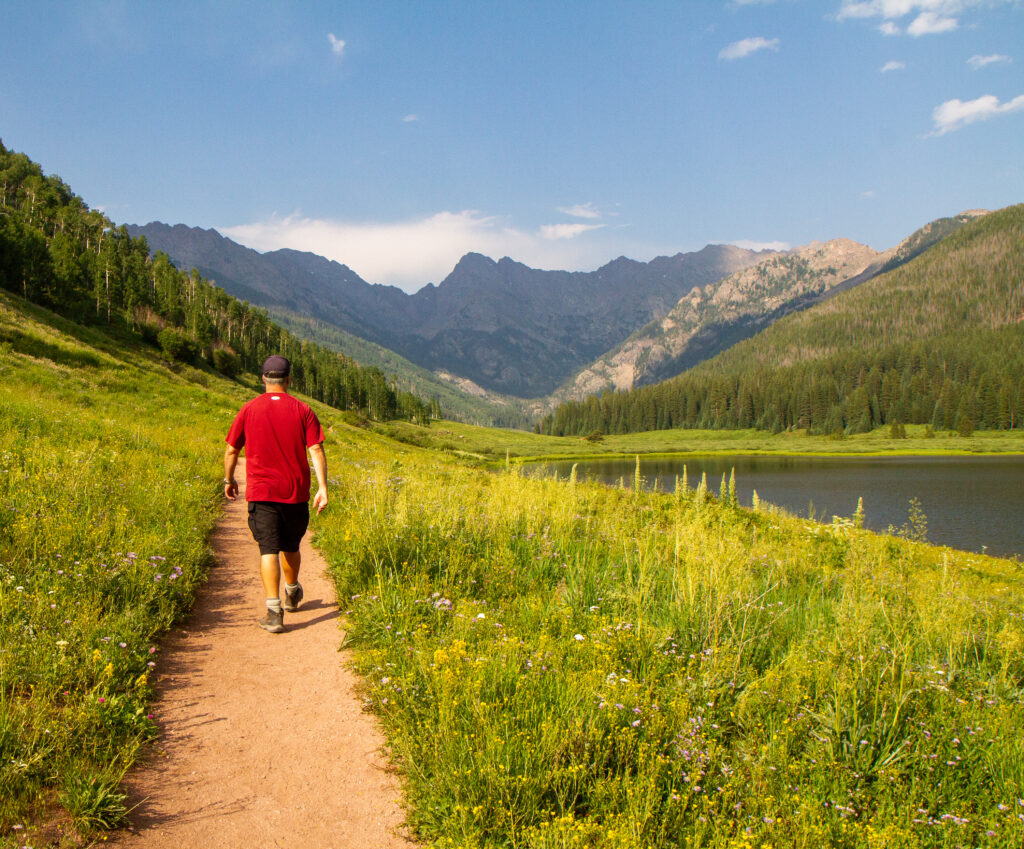Trails are very important to protect natural landscapes, plants and animals. Trails connect populations and ecosystems for the growing species every day. USGS scientists are collaborating with a wide range of people to help the protection of trails. The effects of trampling native plants results in, soil erosion, poisoning water, limiting the food for wildlife, and removing species from their preferred habitats.
Camping is another main issue in National Parks, specifically the cutting down trees for fire wood. According to a USGS assessment of campsites in northern Minnesota’s Boundary Waters Canoe Area Wilderness, 44 percent of campground trees had been damaged and around 18 trees per campsite had been chopped down, they were largely used for campfires.
Some ways that you can get involved to help maintain the conditions of your local trails. First you can take a hike! One of the most important things that you can do is appreciate the trails and it’s natural beauty. It can help to encourage you to volunteer to help preserve the trails and their beauty. Another thing you could do is volunteer for your local trails. Volunteering is a very important part of maintaining the quality of the trails, even the smallest amount of effort can go a long way.

Photo Credit: Juliet Studness
Sources Cited
“How to Save Trails.” American Hiking Society, 6 Aug. 2021, https://americanhiking.org/resources/how-to-save-trails/.
“How Trails Benefit the Environment.” How Trails Benefit the Environment – American Trails, https://www.americantrails.org/resources/how-trails-benefit-the-environment.
“Leave No Trace This Summer as You Explore the Outdoors: U.S. Geological Survey.” Leave No Trace This Summer as You Explore the Outdoors | U.S. Geological Survey, https://www.usgs.gov/news/featured-story/leave-no-trace-summer-you-explore-outdoors.